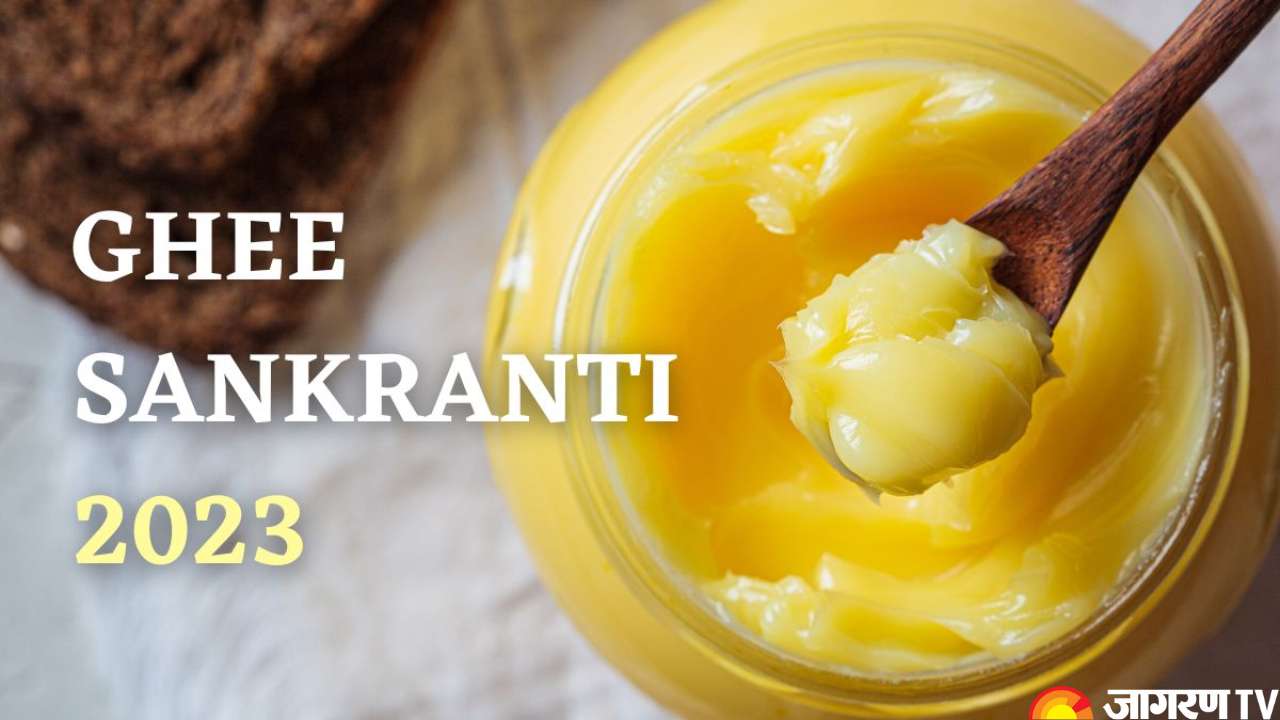Ghee Sankranti: Know History, Significance and the Culture of the Festival of Uttarakhand

Ghee Sankranti Festival: In Uttarakhand, Ghee Sankranti, also known as the Olgia Festival, is observed on the first day of Bhado (the month of August). One of the most significant festivals in the state, it has long been observed with great excitement and devotion. The Ghee Sankranti Festival has a rich history and highlights the agricultural tradition of the region. It is a prominent cultural celebration held in the beautiful state of Uttarakhand.
What is Ghee Sankranti?
This annual festival honours the transition of the sun from one zodiac sign to the other, heralding the change of seasons and the start of the harvest season. This traditional event is observed in the state when the crops and animals are healthy and growing nicely. It is a festival in which the people and families involved in farming thank god and nature. Ghee Sankranti marks the harvest season and expresses appreciation for good fortune.
In Devbhoomi Uttarakhand, a state with gorgeous landscapes and a strong agricultural past, the Ghee Sankranti Festival is of utmost significance. This celebration acts as a reminder of the harmonious interaction between humans and the environment and serves as a reminder of the region’s substantial reliance on agriculture. The people thank the bountiful soil for providing them with food as they come together to rejoice.
History and Significance
Ghee Sankranti has its roots in prehistoric times when agricultural communities relied on nature for their sustenance. This festival, which occurs when the sun enters the zodiac sign of Leo, marks the beginning of the monsoon season and a pivotal point in the agricultural cycle. It denotes the approaching harvest season and calls for prayers for a plentiful crop.
In the past, it was customary for sons-in-law and nephews to present their father-in-law and maternal uncles with gifts on Ghee Sankranti. However, in today’s time, farmers send gifts to their landowners and customers in exchange for gifts and payment from them. Axes, ghee, vegetables, binais (oral harps), metal calipers, datkhochas (metallic toothpicks), and firewood are some of the most typical gifts given on this day.
How is Ghee Sankranti Celebrated
Ghee Sankranti is distinguished by a sequence of rituals emphasising the relationship between environment, agriculture, and spirituality. Devotees begin the celebration by rising early and having a holy bath in rivers or lakes. They then visit temples to pray to the deities for a bountiful crop. Offerings of ghee, milk, and other grains are used in special pujas. Pouring ghee on the foreheads and eating ghee with bedu roti (chapatis packed with urad dal) is a major ritual of this festival.
Beyond its importance for agriculture, Ghee Sankranti offers a sense of unity and community. Families come together to make traditional recipes using ghee as the main component, utilising recently harvested crops. While Ghee Sankranti is still firmly rooted in tradition, it has been combined with more modern practises in recent years. There are organised community fairs, cultural events, and traditional activities that draw both locals and tourists. This not only boosts the economy but also exposes a larger audience to Uttarakhand’s distinctive history.
Related videos
-
Summer Care Tips: Healthy & Easy Meal Prep Ideas For Instant Energy and Glowing Skin ...
-
Stomach-Related Issues: Easy & Effective Home Remedies to Cure Constipation Naturally ...
-
Ghee's Skincare Wonders: Secret Behind Janhvi Kapoor's Skin Radiance Unveiled ...
-
Natural kitchen ingredients are a part of Janhvi Kapoor’s skincare regime ...









